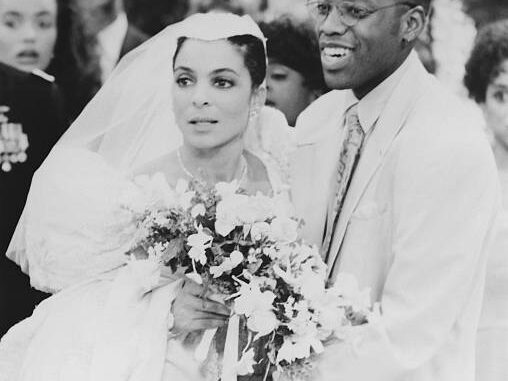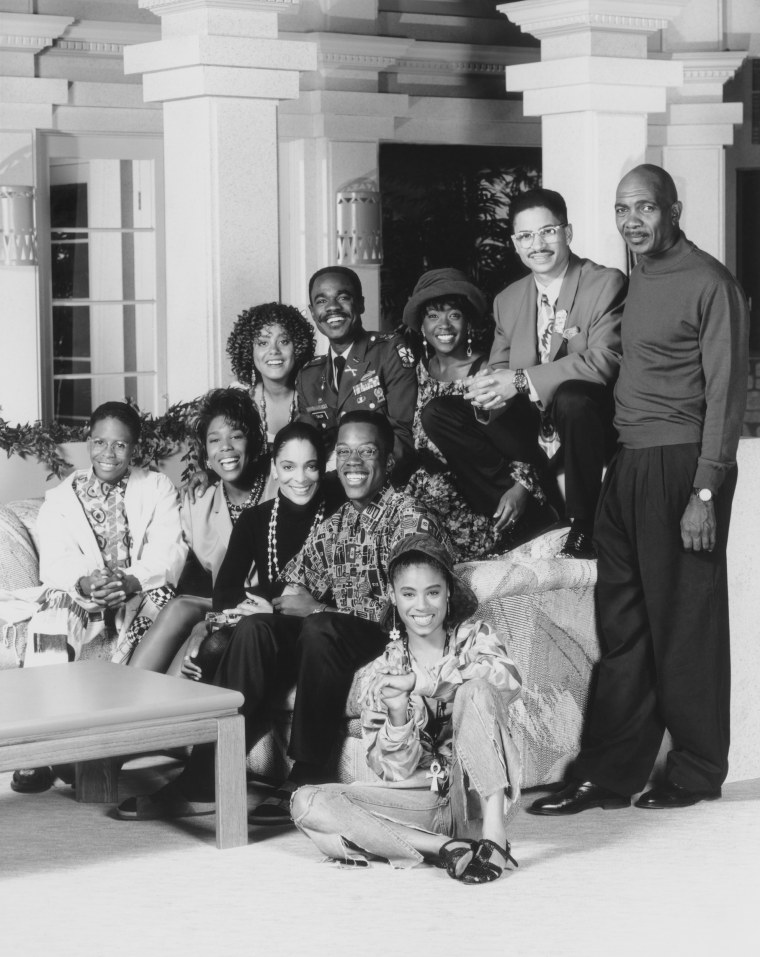
On Wednesday (Sept. 21), actors Jasmine Guy and Kadeem Hardison appeared on “The Breakfast Club” to talk about the 30th anniversary of their iconic wedding scene from the classic Black television series “A Different World.”
Hardison spoke in detail about the scene in which his character, Dwayne Wayne, interrupts the wedding of his ex-girlfriend Whitley Marion Gilbert, portrayed by Guy. “We have done so much real things on the show. So many things that felt real—from the AIDS and the apartheid and all of that and for me to crash this wedding like this felt like a complete leap. It didn’t make any sense,” Hardison started.

The actor shares how he prepared his mind and body for the infamous wedding scene. “And I read [the script] two weeks before. It was a two-part episode, so I knew for two weeks that I was [going to] have to get to that place where I had to break up this wedding. And it was really hard. And one thing that I gave myself was — as I [was] coming down the aisle, there was a dude on my left. [So] I told him, ‘When you grab me, make sure you get a good grip on my left arm because I am going to struggle and try to get away.’ And as soon as I felt him go to grab me, I gave him a swim move and got out of it, and that propelled me forward.”
The 57-year-old actor said he was “nervous” and forgot his lines while shooting the scene. “I was so nervous about if I don’t get it right the first time, it’s going to degrade, it’s going to get worse because I am really having a hard time committing to all of these words. I don’t believe it. Kadeem don’t believe it,” Hardison confessed.
In response to Hardison saying he was “drowning” during the taping of the iconic scene and ended up adding ad-libs, Guy chimed in, saying: “And there will never be [a scene] like that. That was the first and only take in front of that audience, and the audience lost it.”

Labeled as one of the “greatest wedding scenes in TV history,” Hardison and Guy’s nuptials aired in May 21, 1992, viewed by millions.
“A Different World” followed the lives of several Black students of “Hillman College,” a fictional historically Black college in Virginia. The show motivated many Black children to attend historically Black Colleges and universities (HBCUs) in the late 1980s and early 1990s. According to the National Center for Education Statistics, in 1994, about 280,000 students attended 103 HBCUs. Between 1976 and 1994, HBCU enrollment rose by 26 percent, but most of the increase occurred between 1986 and 1994.
